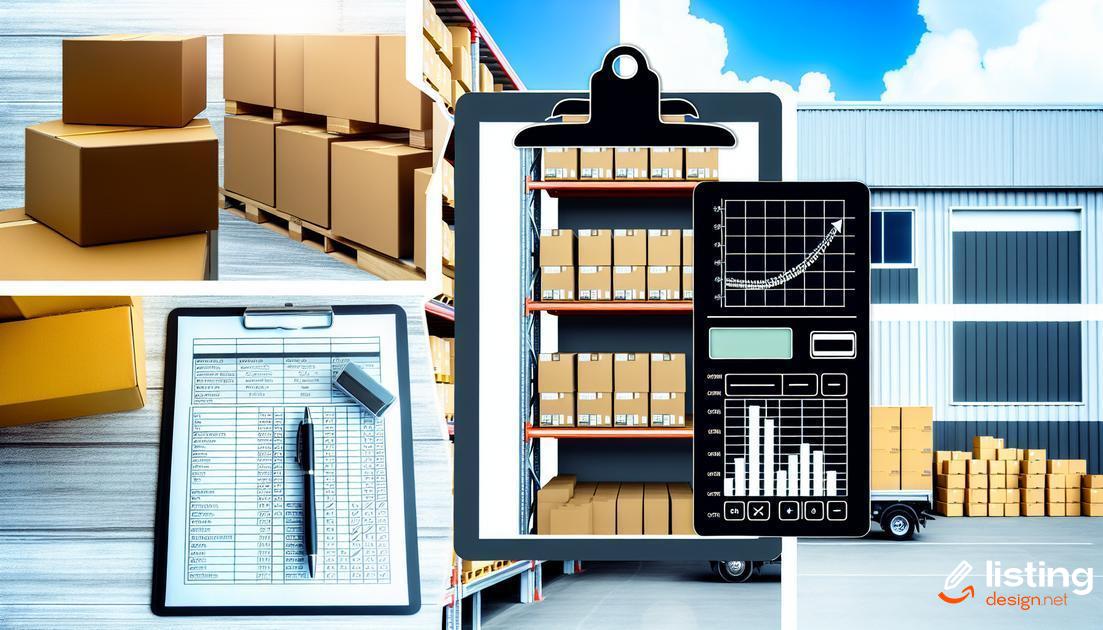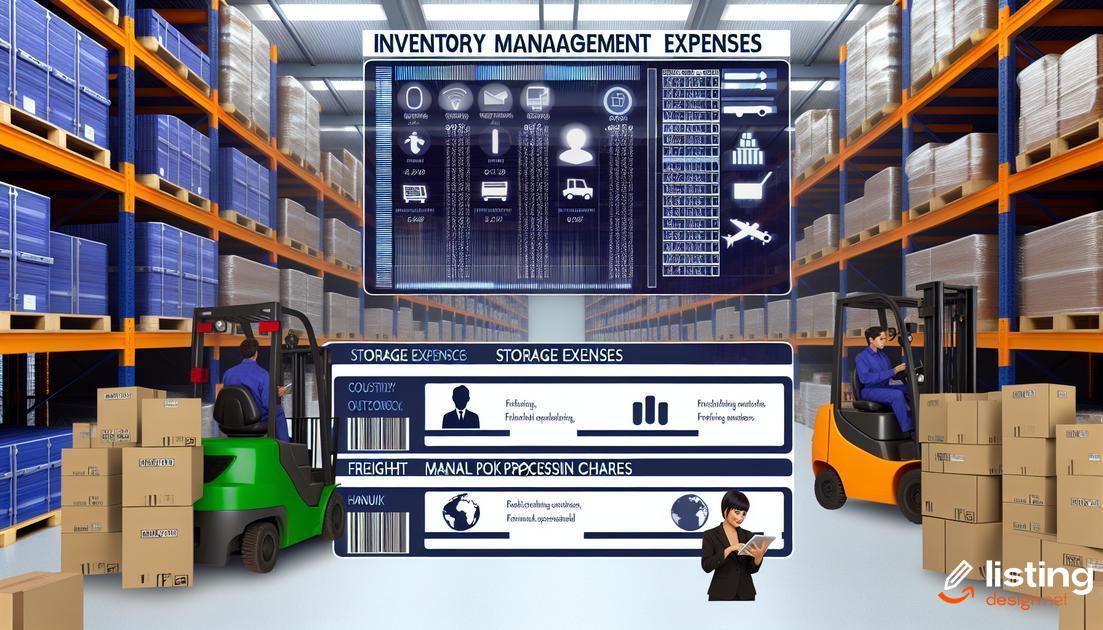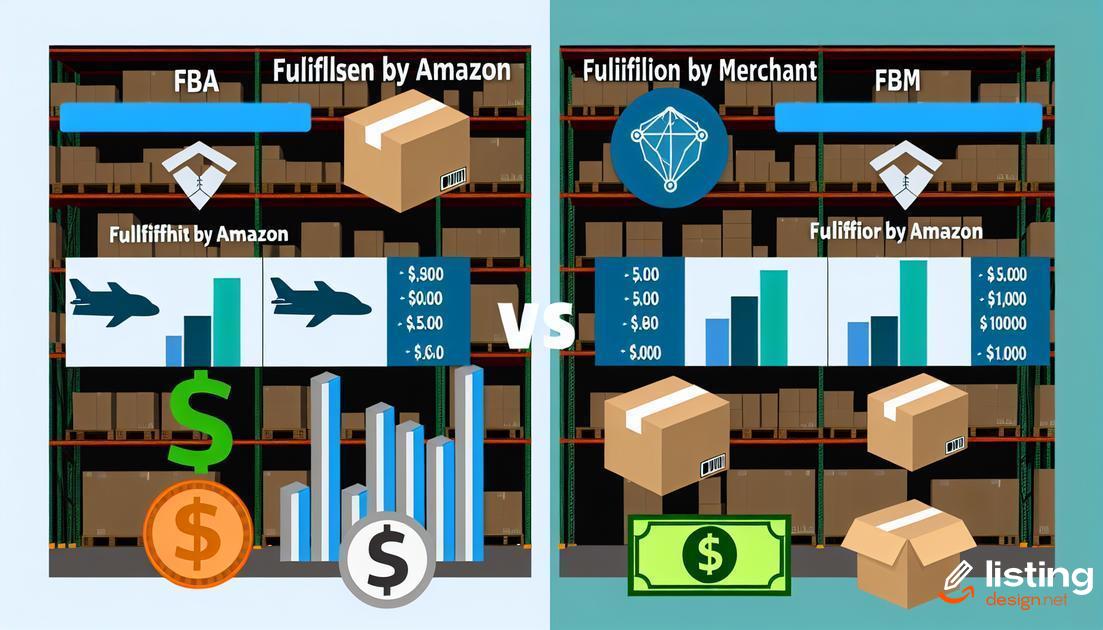Amazon FBA offers businesses an efficient way to manage logistics, but understanding Amazon FBA cost analysis is crucial to maximizing profits. Dive into the various fees and expenses associated with Amazon FBA, and discover how you can save money while increasing your profit margins. From fulfillment and storage costs to shipping and inventory management fees, we’ve got all the insights you need. Read on to explore cost-effective strategies and tips to help you succeed with Amazon FBA.
Table of Contents
Understanding Amazon FBA Fees
Understanding Amazon FBA Fees
When using Amazon FBA, various fees come into play. It’s essential to understand these fees to optimize your profit margins. The main costs include the fulfillment fees and storage fees.
Fulfillment fees are charged per unit and depend on the size and weight of the item. These fees cover the cost of picking, packing, and shipping your products. It’s important to note that the fees for standard-size items differ from those for oversized items.
Storage fees are another critical component, charged based on the volume of your inventory stored in Amazon’s fulfillment centers. There are monthly storage fees and long-term storage fees, the latter of which apply to items stored for more than 365 days. Monitoring your inventory turnover rate can help avoid long-term storage fees.
Besides the main fees, keep an eye on other charges such as removal fees for returning inventory and disposal fees for getting rid of unsellable items. These can add up if not managed properly.
Understanding these costs is vital for a thorough Amazon FBA cost analysis. By knowing where your money goes, you can make more informed decisions about your pricing strategies and inventory management.
Storage and Fulfillment Costs

Storage costs refer to the fees Amazon charges for storing your products in their warehouses. These costs can accumulate quickly, especially if your inventory remains unsold for an extended period. Monthly storage fees are calculated based on the volume your products occupy, measured in cubic feet. There are also long-term storage fees for items kept in the warehouse for over 365 days.
Fulfillment costs, on the other hand, include the charges for picking, packing, and shipping your orders. Amazon FBA provides a two-tiered fulfillment fee structure that differs based on the product size tier. Small and standard-size items incur lower fees compared to large and oversized items. Additionally, special handling requirements such as fragile or hazardous items can escalate these costs.
Understanding and managing these expenses accurately is crucial for maximizing profits through Amazon FBA. Regularly reviewing and optimizing your inventory turnover can help in minimizing storage costs. Furthermore, consider packaging options and strategies to reduce fulfillment expenses, ensuring your profit margins remain healthy.
Shipping to Amazon FBA
Shipping to Amazon FBA
Once your products are prepared and packaged, shipping them to Amazon FBA efficiently and cost-effectively is crucial. You have multiple options, including using Amazon’s partnered carriers or choosing your own carrier. Opting for Amazon’s partnered carriers can often result in significant cost savings due to Amazon’s bulk shipping discounts.
It’s important to understand the different shipping methods available. Less Than Truckload (LTL) shipping is ideal for sending large quantities of inventory, offering both cost efficiency and speed. However, for smaller shipments, Small Parcel Delivery (SPD) might be more appropriate, albeit at potentially higher costs per unit.
Ensure that your shipments comply with Amazon’s packaging and labeling requirements to avoid additional fees or processing delays. Properly label each box and pallet, if applicable, with scannable barcodes and include an accurate shipment ID. Failing to adhere to these guidelines can lead to penalties and delayed entry into Amazon’s fulfillment centers.
Another factor to consider is the timing of your shipments. Aligning your inventory restocking with demand forecasts can minimize storage fees and ensure product availability during peak sales periods. Utilize Amazon’s inventory planning tools to optimize your shipping schedule and maintain robust inventory levels without overstocking.
Inventory Management Expenses

Inventory management expenses are a crucial part of running a successful Amazon FBA business. These costs include not just the price of purchasing inventory, but also the expenses associated with storing, tracking, and managing your stock.
One significant expense is warehousing costs. Amazon charges for storing your products in their fulfillment centers. These fees can vary based on the time of year and the amount of space your inventory occupies. It’s important to monitor your stock levels to avoid unnecessary storage fees, which can quickly add up.
Another expense to consider is inventory tracking systems. Using a robust system can help you keep track of your stock, knowing when to reorder products, and preventing overstocking or stockouts. Investing in good tracking software can save money in the long run by optimizing inventory turnover and minimizing holding costs.
Returns and refunds also contribute to inventory management expenses. When a product is returned, it may need to be inspected, repackaged, or even discarded if damaged. This process incurs additional costs, not to mention the potential loss of sale. Efficiently handling returns is essential to maintaining profitability.
Additionally, consider inventory shrinkage, which includes lost, stolen, or damaged goods. Implementing strict controls and regular audits can help reduce shrinkage and its associated costs.
Lastly, freight and logistics expenses are part of inventory management. Whether transporting products from manufacturers to Amazon warehouses or moving stock between facilities, these logistics costs impact your overall profit margins.
Additional Service Fees
When using Amazon FBA, you may encounter multiple additional service fees that can impact your overall costs. Removal and Disposal Fees are applicable when you need to remove inventory from Amazon’s fulfillment centers. If your products don’t sell or you need to recall them for any reason, these fees will be charged for each item.
Label Service Fees occur if you opt to have Amazon label your products. This service ensures that your inventory is properly labeled and prepared for shipment, but it comes with a per-item fee.
Long-term Storage Fees are another important consideration. If your inventory stays in Amazon’s warehouses for more than 365 days, you will be subject to these increased storage charges. It’s essential to manage your inventory effectively to avoid these extra costs.
There are also Prep Service Fees, which include tasks like bubble wrapping, poly bagging, and taping. These services ensure that your products meet Amazon’s packaging requirements but will add to your expenses.
Lastly, don’t overlook Unplanned Service Fees. These fees come into play if your inbound shipments don’t comply with Amazon’s guidelines. To avoid this, make sure your shipments are correctly prepped and documented according to Amazon’s specifications.
Cost Comparison: FBA vs FBM

When evaluating costs between FBA (Fulfillment by Amazon) and FBM (Fulfillment by Merchant), several factors need to be considered to make an informed decision.
Upfront Fees:
FBA often includes costs like inbound shipping to Amazon’s warehouses, whereas FBM avoids these. However, FBM sellers may incur individual packing and shipping costs which can add up over time.
Storage Costs:
FBA charges monthly storage fees based on the space your inventory occupies, with additional long-term storage fees for items stored longer than 365 days. FBM, on the other hand, requires you to manage and bear the storage costs independently, which can vary significantly depending on your storage solution.
Fulfillment Fees:
FBA charges per-unit fulfillment fees that cover picking, packing, and shipping. FBM sellers generally manage these aspects themselves, and their fulfillment fees depend largely on their own operations and carrier agreements.
Shipping Costs:
FBA often benefits from Amazon’s lower shipping rates due to volume discounts, which can reduce overall shipping costs. FBM sellers must negotiate their own shipping rates with carriers, which may be higher.
Labor Costs:
While FBA incorporates labor into its fees, FBM sellers must consider hiring and managing their own workforce for packing, shipping, and customer service, potentially escalating labor expenses.
It is essential to weigh these varied costs against each method’s benefits to determine the most cost-effective fulfillment option for your business needs.
Profit Margin Analysis
Analyzing your profit margins is essential to ensure your Amazon FBA business remains viable and profitable. One way to start is by calculating your gross profit margin. This is determined by subtracting the cost of goods sold (COGS) from your sales revenue and then dividing the result by the sales revenue. Here’s the formula:
Gross Profit Margin = (Sales Revenue – COGS) / Sales Revenue
Next, consider your net profit margin. This takes into account all the expenses associated with your business, including Amazon FBA fees, storage costs, shipping fees, and more. The formula for net profit margin is:
Net Profit Margin = (Net Profit / Sales Revenue) * 100
Regularly reviewing these margins helps you identify areas where you can cut costs or increase prices. For example, you might negotiate better rates with suppliers or optimize your product listings to enhance sales. Remember to factor in hidden costs such as returns, damaged goods, and seasonal storage fees that might affect your overall profitability.
Tips to Reduce Amazon FBA Costs

Minimizing expenses can significantly boost your earnings. One key strategy is optimizing your storage. Keep track of inventory to avoid long-term storage fees. Utilize just-in-time inventory management to balance stock levels. Another effective method is through negotiating with suppliers. Secure discounts by buying in bulk or encourage shared shipping costs to cut expenses.
Review your product dimensions and weight. FBA fees are often based on size and weight, so packaging efficiently can reduce costs. Additionally, consider using Amazon’s partner carriers for shipping to benefit from discounted rates. Regularly audit your fees to identify unnecessary costs and stay updated with Amazon’s fee structures. Implementing these tips will help you lower your Amazon FBA expenses and increase your profit margins.


